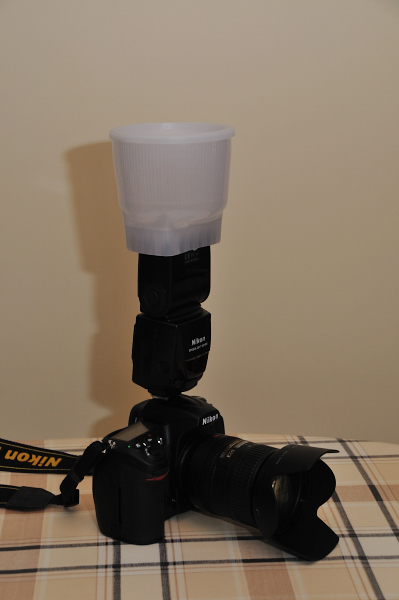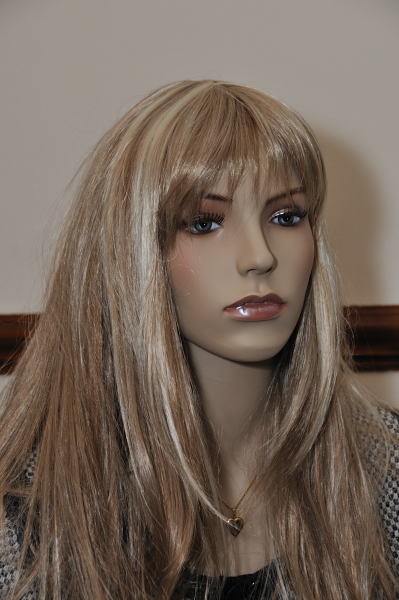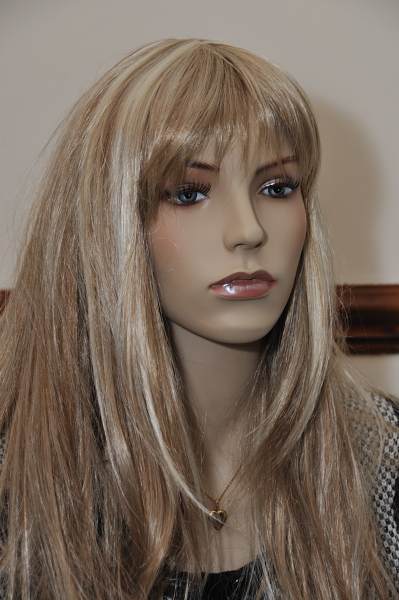Article
Flash Diffuser - Lambency
Also known as a
Lightsphere
|
A lambency flash diffuser is a
device that fits onto the front of a flash and both reflects and diffuses the
light output, reducing greatly shadows. The flash unit is pointed vertically,
and the device fitted, light hits the curved top cap of the unit and this
reflects it back through the side. Sides can be clear or misty (cloud). The
caps are replaceable allowing different colours to be used.
The advantages are said to be:-
-
Reduction of harsh shadows.
-
Avoiding red eye.
-
Reduced glare.
-
Less over exposure (lost
highlights).
-
Wider angle than normal flash.
-
Simulated bounce flash when you
have no ceiling.
-
When switching from portrait to
view a lot, you don't have to constantly change the flash to get the right
bounce effect. (Although better if flipped upright).
As light goes out 360 degrees, as
well as some going on up, the light is less concentrated, giving the effect
of a lower powered unit and therefore reducing the working range
considerably.
A number of suppliers produce
these, under slightly different names, at a variety of prices.
The image right shows
a Nikon D300, SB800 and lambency cloud diffuser |
  |
The Phottix lambency flash diffuser kits come in
a number of versions, these include models for different flash units,
there are 4 variations to cope with this, a
cloudy and clear version and each giving 8 varieties. These then come with different selections of coloured domes (vaults). Kit prices are from £25 to £45, see range at
www.phottix.net.
 We selected
two, one cloud and one clear, each with a range of domes, and the fitting we
chose was for the Nikon SB800, which also fits the SB600. We selected
two, one cloud and one clear, each with a range of domes, and the fitting we
chose was for the Nikon SB800, which also fits the SB600.
 
Clear left and
cloud right
The variety of domes, called
vaults, allow you to get a similar effects to putting a filter on the flash,
so balancing the flash light to mix with artificial light of various
colours, and allowing you to work with different
white balance  settings. settings.
For
event and wedding photography for example this means that you can set your
camera and flash colour to match the background lighting so the image,
including background colours, are correct. As always you have to be very
careful of mixed lighting and with the lower power caused by spreading the
light out so much, you may find that the ambient background lighting has
more effect than when using flash without it.
For product photography you can place
a reflector behind a flash with this device on to get a very similar effect to
a large flat panel light or soft box.
Cloud or Clear
|
Cloud
Cloud has more diffusion and is slightly
warmer, so more suited to portraiture and social photography, will reduce
shadows the most so can be more attractive for some portraiture.
Image taken using Nikon D300, SB800
flash and Photitix lambency cloud diffuser, an EV of -0.7 is set to make
shadows show up more. Normally shadows would be lighter than this. The
model is a Girlequin (see
Girlequin's
 ). ). |
  |
| Clear
Clear allows more light to pass, so you have
more light. In practice as modern flash units change the light output to
that required, this is not likely to be that noticeable when working close
up, but batteries will last longer.
Image taken using Nikon D300, SB800
flash and Photitix lambency clear diffuser, an EV of -0.7 is set to make
shadows show up more. Normally shadows would be lighter than this. |
  |
You may feel, I do, that there is insufficient
difference between the cloud and clear to need to carry both.
Other Options
Gary
Fong
 Lightsphere
is another make of lambency defuser, and has some other options available as
add on domes. They also make a collapsible version for those who say this is
too large to carry with them. The Gary Fong Lightspheres were expensive, but
more recently prices have dropped and you can find some from around £35, see
BBJimports. Lightsphere
is another make of lambency defuser, and has some other options available as
add on domes. They also make a collapsible version for those who say this is
too large to carry with them. The Gary Fong Lightspheres were expensive, but
more recently prices have dropped and you can find some from around £35, see
BBJimports.
 There is also a new model with a universal fitting system, so fits more flash guns
with only two models, an obvious advantage to dealers, but not very useful
to you, however this costs more. Their kits, with extra caps, are still
expensive, as are the add on caps. Gary Fong also has a tutorial website
showing how to use his products (or other lambency diffuser) at
www.flashdiffuser.com There is also a new model with a universal fitting system, so fits more flash guns
with only two models, an obvious advantage to dealers, but not very useful
to you, however this costs more. Their kits, with extra caps, are still
expensive, as are the add on caps. Gary Fong also has a tutorial website
showing how to use his products (or other lambency diffuser) at
www.flashdiffuser.com

Other options are a Stofen diffuser and big
bounce cards - see our section on
Lighting and
Reflectors

Comparing Results
I wanted to see the difference between direct
flash including angled and bounced, the use of a Stofen, again including
angling and bouncing, and the lambency diffuser, so have carried out a test.
This is covered in the article
Flash diffuser - lambency
compared.
 |